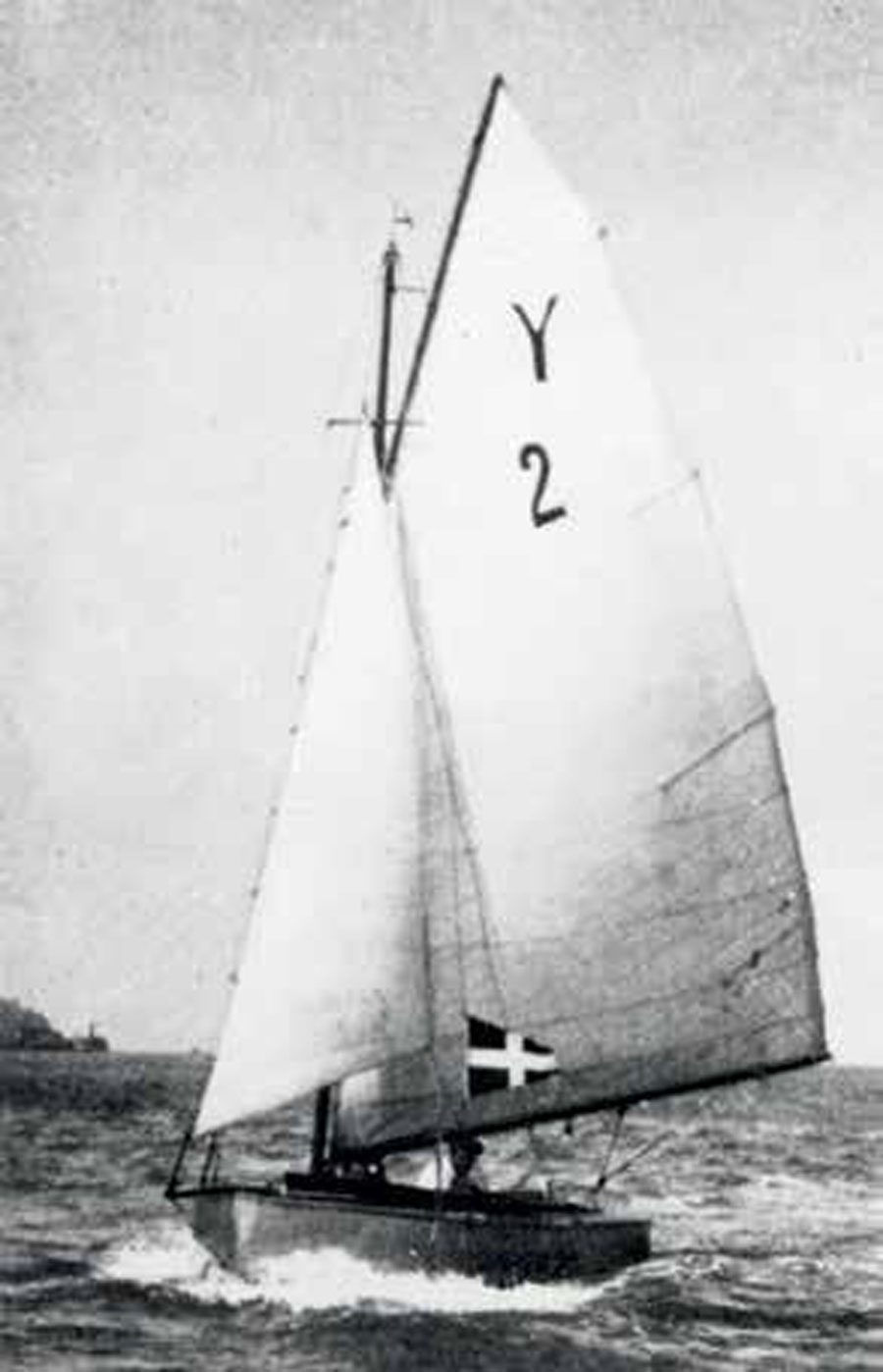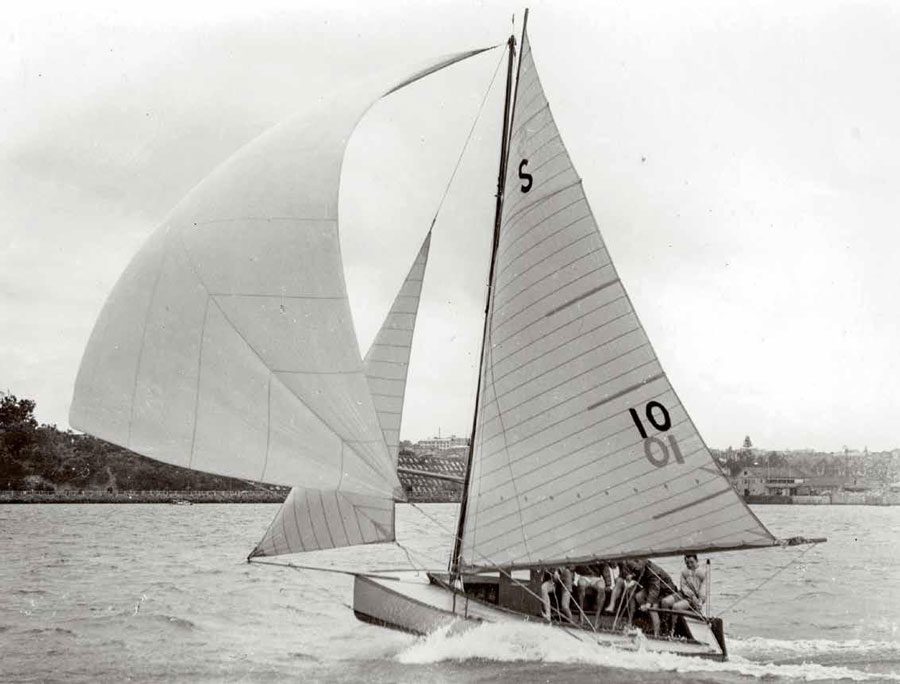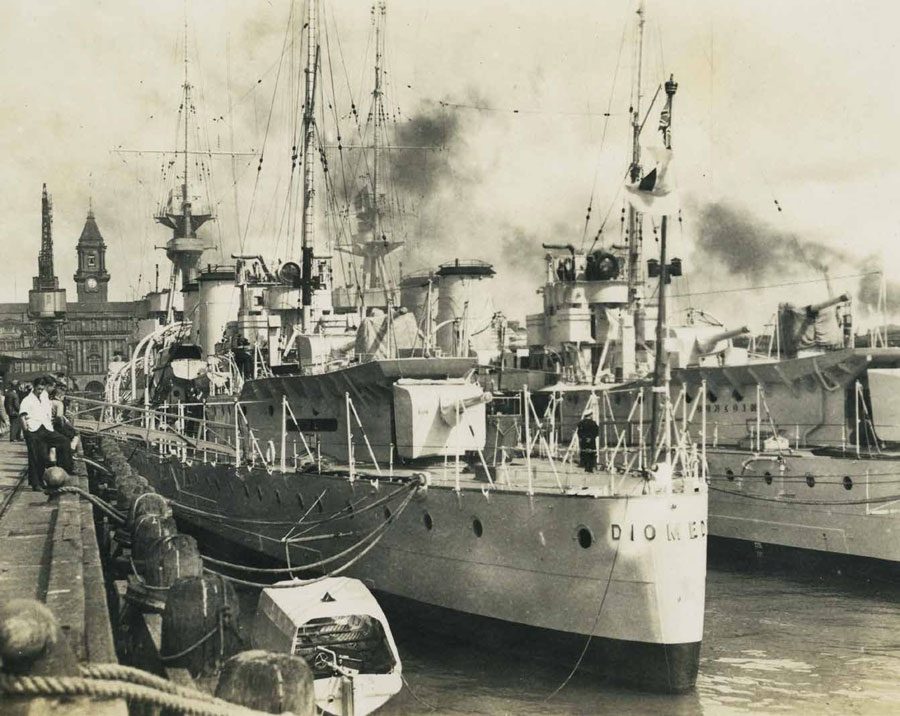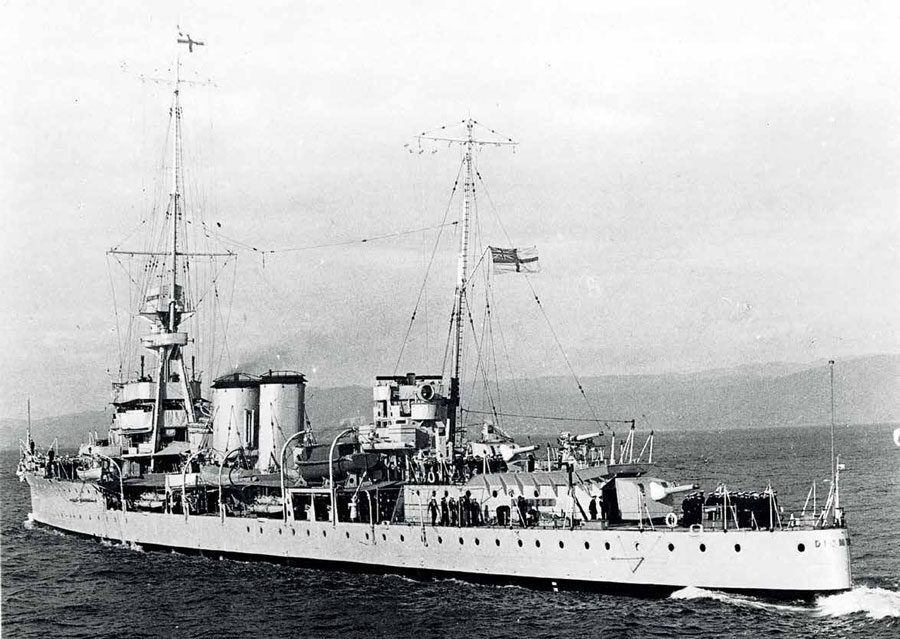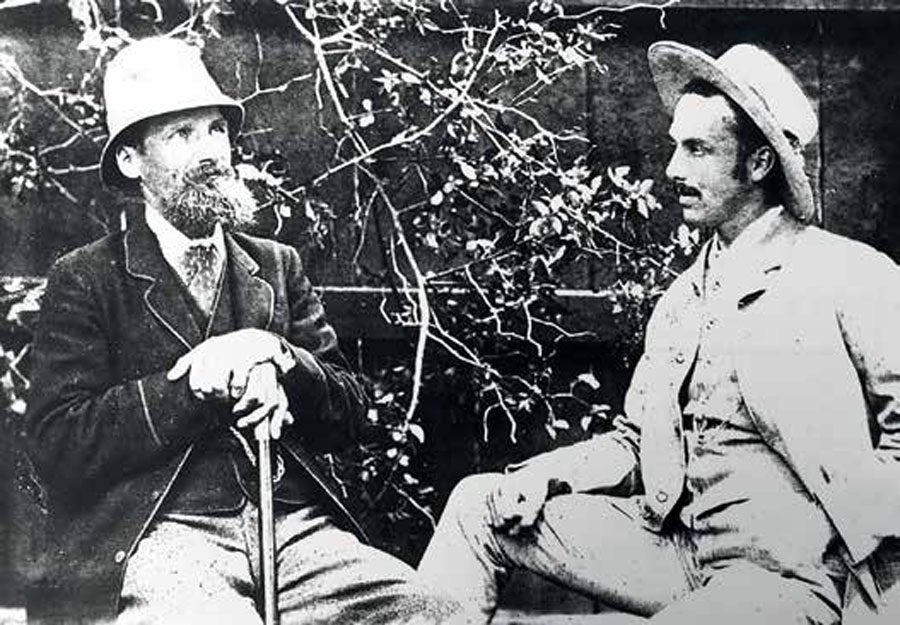

A few weeks ago I spotted a tiny, battered trophy of a gaff cutter yacht in a box of miscellaneous items on a local auction site. Its sails were crudely attached. I won the auction and saw the inscription was “M.C.C. won by Sea Gnome R.H. Auger 1929”.
I took the sterling silver model to a jeweller in Wellsford, near where I live. He reattached the sails and rigging correctly and gave it back to me beautifully polished. So what was the backstory to this little treasure?
Richard Henry ‘Chuck’ Auger was a force to reckon with as a centreboard yachtsman in Auckland for over 30 years from 1920, particularly on the Manukau where he dominated the racing silverware.
Born in 1898, Chuck Auger grew up living in Scarborough Terrace in Parnell, where his father was a bootmaker. He was early involved in yachting which was inevitable in the suburb of Parnell with its coastline from Mechanics Bay in the West to Hobson Bay in the east. Chuck started racing as a 13-year-old on the 26ft mullet boat Arawa then owned by W. J. Mann of Devonport. She had been built by S. Mills in 1903 and raced with North Shore Yacht Club.
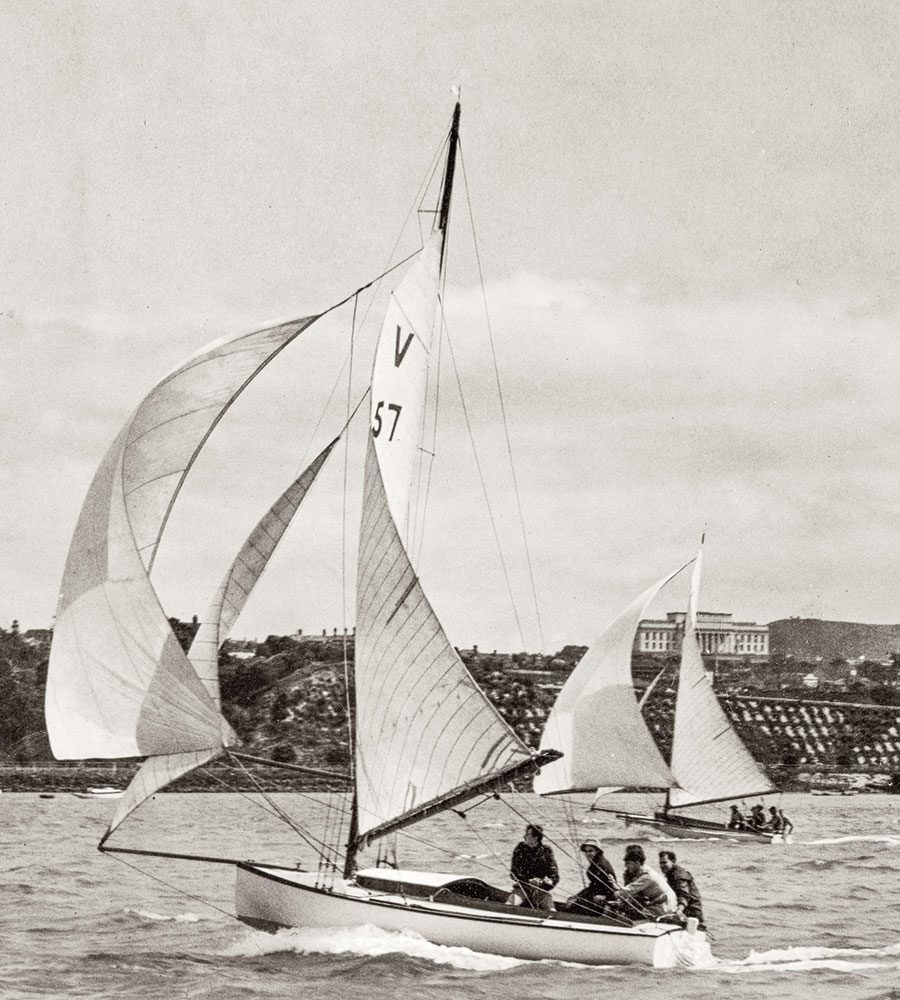
There were other influences in Chuck’s career. First was the guru of 14-footer ‘flatties’, George Honour, who lived nearby in Lee Street. When he shifted to Auckland from Wellington during World War 1, George imported the Wellington concept of fast, cheaply-constructed, square-bilge centreboarders. Originally inspired by the American Rudder magazine’s Sea Wren, Sea Mew and similar hard-chine designs, the Highet brothers and their followers at Te Aro Sailing Club had heavily refined the type and were having excellent racing with them.
Just after World War 1 the flatties became a craze amongst Auckland’s youngsters where there were three vigorous 14-foot centreboard classes. As well as these square-bilge ‘flatties’ (later Y Class) the glamour class was the 14ft One Design Class (later X Class) of clinker round-bilge craft, sponsored by the popular Governor-General Lord Jellicoe and the ‘Handicap Class’ (later T Class) of round-bilge 14-footers, more or less unrestricted except as to waterline length.
Another second influence was Len Heard, whose confectionary business in his landmark building in Parnell was a major employer in the area. Chuck trained with Heards as a confectioner. Len Heard Jr, who came to run the factory, was an influential launch owner, yachtsman and, like George Honour, was a leading light in the Akarana Yacht Club (formerly the North Shore Yacht Club) in Mechanics Bay.
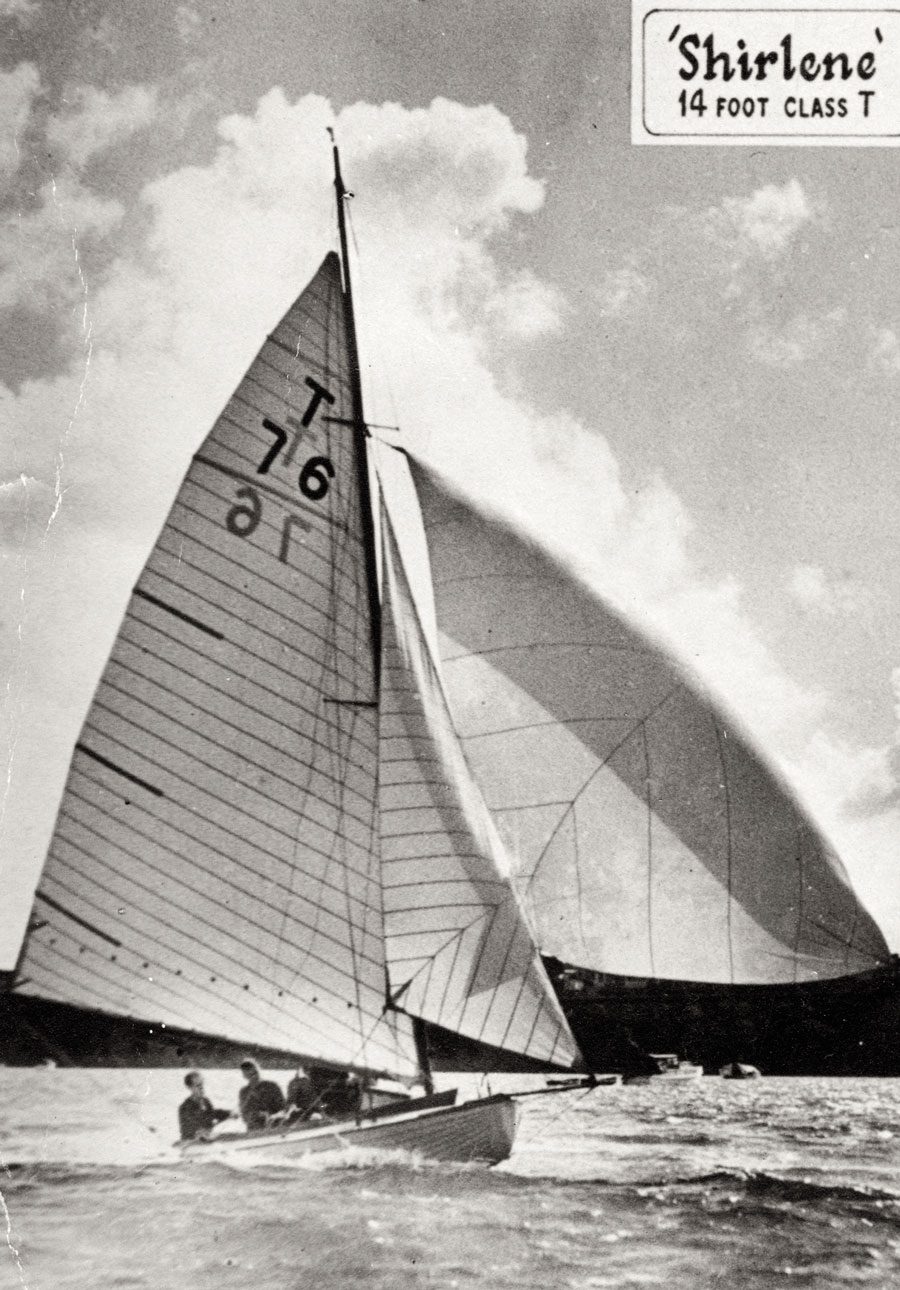
The first yacht Chuck owned was the round-bilge 14-footer Arawa (sail number 249, then T14) which he bought from R.G. Hutton and raced weekly during the season with all the centreboard clubs. In the 1921 Auckland Anniversary Regatta Chuck came first on line with Arawa on nine minutes handicap. He came third in the 1922 Regatta but first on line and handicap again in 1923.
Chuck married Alma Hazleman in 1922 and shifted to 5 Alba Road Epsom. Yacht racing became secondary. By 1927 Chuck had moved to 5 Quadrant Road Onehunga, close to the Manukau waterfront, and he had two sons. It was only a matter of time before he got back into yacht racing. In August 1927 he bought the crack square-bilge Y Class Sea Gnome (Y2) built in 1921 by George Honour for himself, the last and fastest of the 14-footers he built. She had won 10 firsts in 17 starts and the Akarana Champion flag in her first season. Eventually she was matched by Trot Willetts’ Cupid then, from early 1926, by the Arch Logan-designed Alert.
There were two yacht clubs on the Manukau based at Onehunga. The elder was the Manukau Yacht and Motor Boat Club (MYC) which had been founded in August 1891 as the Manukau Yacht and Open Boat Sailing Club, second in seniority in Auckland only to the Royal New Zealand Yacht Squadron. It catered for a wide range of yachting and launching events and had well-constructed clubrooms right on the harbour, which were gutted by fire in 1925.

The Manukau Cruising Club (MCC) was set up in February 1923 as a response to the senior club holding no yacht races in the aftermath of the war and set out to promote centreboard racing. By 1926 the two clubs were co-operating fully on fixtures and working well together. The Manukau had become an attractive scene for small craft.
Chuck belonged to both clubs and was an official in both over the years, together with his brother Percy (known as ‘Tewk’). Cupid was also sold to the Manukau, but it was Sea Gnome that immediately dominated the under 18ft centreboard classes. It was the MCC which awarded my trophy to Chuck in 1929 for winning its under 18ft Championship with Sea Gnome which also won the championship with the MYC. In fact, Chuck and Sea Gnome won both clubs’ under 18ft Championships every year until he decided to sell her in 1936 to G. Lloyd and move up to 18-footers by buying Atalanta, the glamour Waitemata 18.
Billy Rogers of Curran Street had built the round-bilge, bermudan-rigged Atalanta II (V57) for Bourne Wilson of Argyle Street in October 1934. In her first season on the Waitemata she was scratch boat and the best performer, originally sailed by Doug Rogers and brothers Bob and Fred Rogers, but they left to crew Billy Rogers’ crack 14-footer Vamp in 1935. When Chuck bought her in the winter of 1936 she easily became the Manukau Champion.
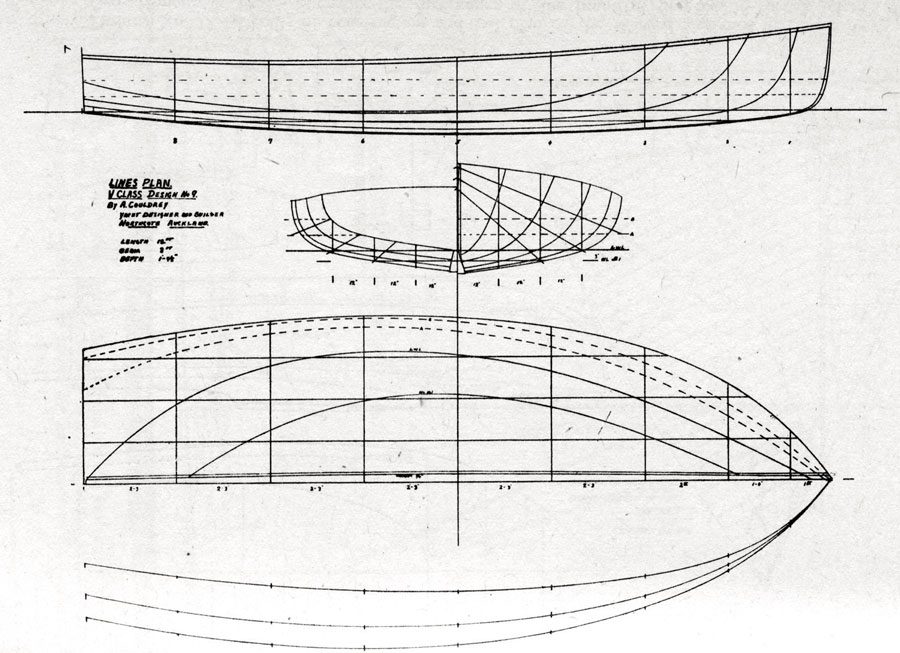
Moving ahead again, Chuck had Arnold ‘Bill’ Couldrey of Northcote design and build him a new 18-footer, Marie Dawn, said to be an improvement on Couldrey’s crack 18-footer Jeanette. Jeanette (V90) had been built by in late 1938 for 18-year-old Jim Faire of Herne Bay as an out-and-out racer with an eye to the ‘World’ 18-footer Championships against the Australian 18s for the J.J. Giltinan Trophy, coming up in February 1939. After a dispute-ridden series, the New Zealand 18 Manu won the title, with Jeanette second. Chuck was busy sailing 14-footers at this time (see Sidebar) but the glamour of the Aussie contest attracted him greatly.
Marie Dawn (V3) was almost complete when war broke out in September 1939. Chuck did the finishing work and had her in the water by November. With such a skipper and such a pedigree there was no doubt that Chuck would win all the races he entered – 14 prizes in 15 starts. He clearly had in mind a scoop in defending the Giltinan Trophy against the Aussies in 1940, but Hitler put paid to that. Probably because Chuck decided that Jeanette was as good a boat, he bought her and sold Marie Dawn to George Lepper of Northcote in 1943. Jeanette carried on winning the MYC Championship Cup for Chuck in 1947 and 1948.
From here on the Augers’ boat ownership becomes blurred as Chuck’s eldest son Richard Henry Auger Jr crewed with him and probably shared ownership. The final two yachts in this category were Shirlene (T76), a Jack Brooke-designed 14-footer owned between 1943 and 1946, followed by Escapade (S10), the crack 16-footer built by Trot Willetts in 1939, winning the MYC Championship Cup in 1951.
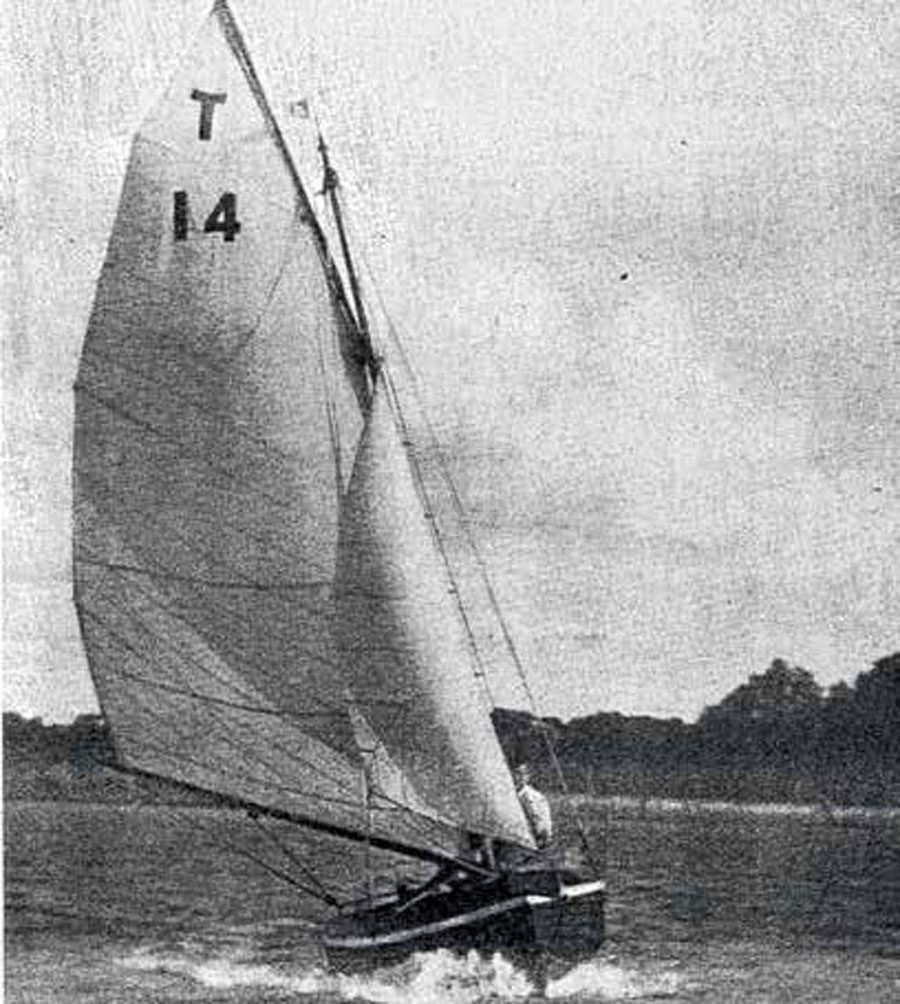
Chuck was a legend on the Manukau. Trevor Canute, the current MYC Commodore, says that one of the older members tells the tale of how Chuck would arrive at the annual prizegiving, collect his many trophies, put them in a sugar sack then heave it over his shoulder to catch the tram home. BNZ
CHUCK’S SANDERS CUP INTERLUDE
The glamour 14ft class in New Zealand was the One Design or Jellicoe Class which was contested between provinces for the Sanders Cup annually since 1921. It was responsible for an outburst of fervour for centreboard racing throughout the length of New Zealand in which Auckland was frequently the also-ran.
The provincial yacht associations held selection trials every year to select a competitor for the event, held in rotation around the country in January. For 1936 the Auckland trials resulted in a win for Aileen, built by Percy Vos in December 1932 for Ray Clare. She was skippered by Trot Willetts in the 1936 Sanders Cup race at Auckland, but the contest went to Avenger of Canterbury, sailed by Elliot Sinclair. In 1937 Aileen was beaten in the Auckland trials by Endeavour built by Billy Rogers for Warwick Parkes and sailed by Doug Rogers at the contest in Lyttelton. Lavina of Wellington won.
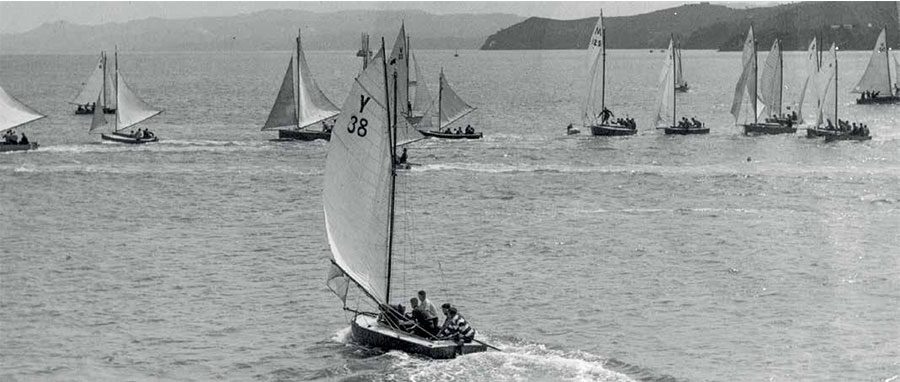
In late 1937 Owen Cronin of Onehunga bought Aileen and put her in the Auckland trials for the 1938 contest against Parkes’ Endeavour and the veteran Iron Duke sailed by C. Dunsford. Cronin appointed Chuck Auger as skipper. Aileen won the trials in a fine display of sailing from Chuck. For the contest at Dunedin, however, the Manukau team decided on a heavy crew to counter expected strong winds. As a result, Aileen made a poor showing against the southern boats, especially Kitty from Wellington sailed by Nigel Blair, which won convincingly.
For the 1939 Auckland trials, Cronin entered Aileen again, this time skippered by W. J. Potter, while Chuck Auger skippered the ex-Wellington representative Clyde, built by Ted Bailey in 1928 and now owned by Claude Pickering of Onehunga. In his crew Chuck had his son R.H. Auger Jr as for’ard hand. The competition was the new boat Marjorie, built by J. Ewen for Warwick Parkes, Aileen and Endeavour plus the ex-Otago and Paremata Kia Ora, sailed by W.T. Matthews. Marjorie was selected but, again, the southern boats prevailed with a win to Huia of Canterbury. It was not until the Centenary 1940 contest held at Wellington that Auckland turned the tide with a win for Billy Rogers’ Caress.
